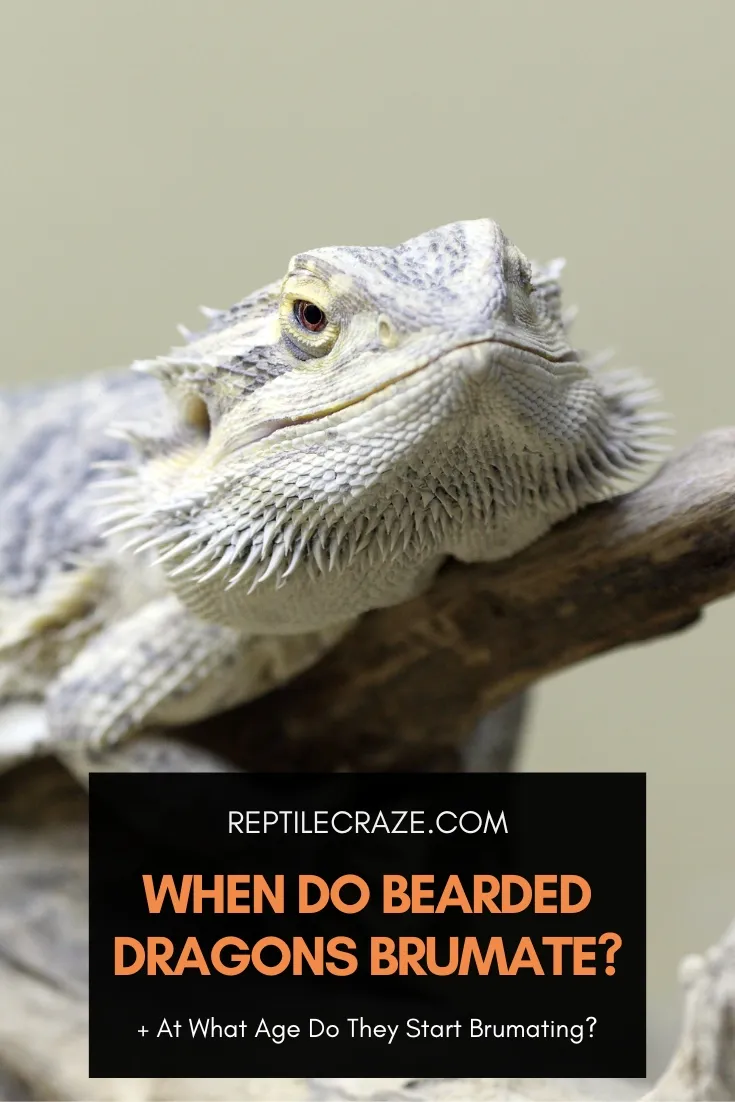
You’re probably here because you’ve noticed your bearded dragon behaving strangely and are wondering whether it’s a sign of brumation or not. Perhaps you’re just preparing for the upcoming winter. Whatever the reason, the question is, “When do bearded dragons brumate?”
Bearded dragons start brumation when temperatures drop and daylight hours decrease. Generally, this occurs from May/June until August in the Southern Hemisphere, and from November/December until spring in the Northern Hemisphere. It can last a few weeks or reach five months and more.
Since brumation depends on the reptile’s age, location, and living conditions, these periods can vary. Therefore, we encourage you to keep reading to discover more about your bearded dragon’s brumation instincts!
Table of Contents
When do Bearded Dragons Enter a State of Brumation?
The short answer is that bearded dragons brumate during colder months and can enter a state of brumation even before winter starts – as early as April and May in the Southern Hemisphere and October or November in the Northern Hemisphere.
However, there are many other details we need to share in order to provide you with a complete and accurate answer!
First of all, the brumation period is influenced by two aspects – whether the animal is wild or a pet and its habitat.
As you probably already know, these reptiles are native to Australia. Therefore, since Australian winter starts in June and ends in August, wild bearded dragons will naturally brumate during this period.
Pet beardies living in the Southern Hemisphere will usually follow the same pattern – after all, entering a state of brumation is an instinct deeply engraved into their behavior.
When we’re discussing pet beardies living outside Australia, where the seasons are the other way around, the situation is slightly different and more complicated.
Brumation During Australian Winter
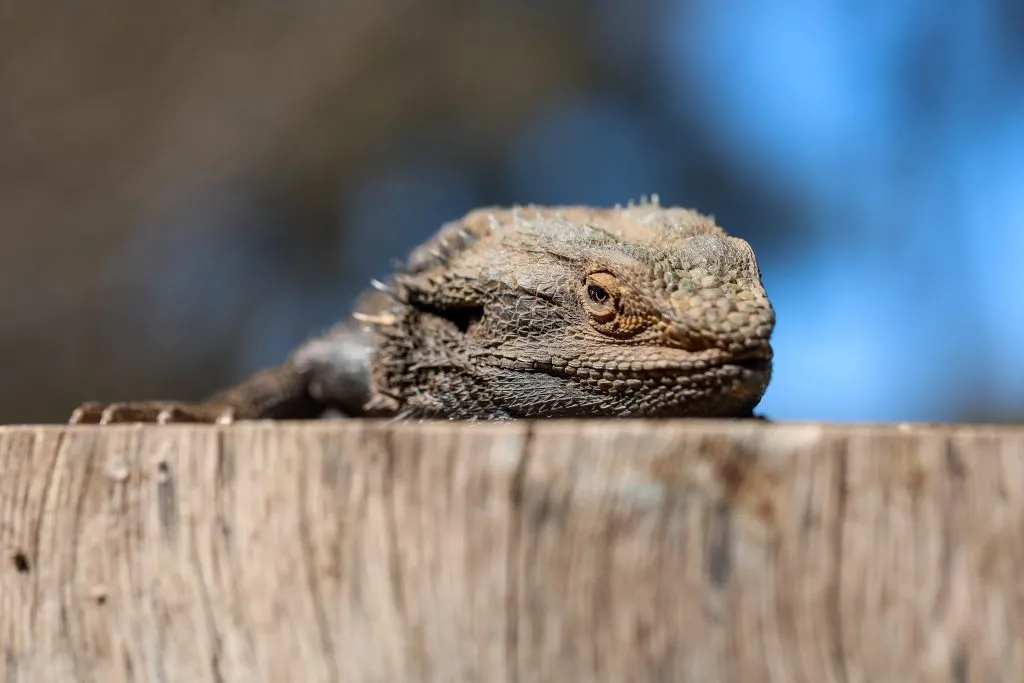
We already know that bearded dragons brumate when temperatures start dropping.
More precisely, the bearded dragons living in southern Australia enter a state of dormancy when temperatures are as low as 50-53 degrees Fahrenheit and are steady for several days.
Therefore, we’d think it’s only natural for pet beardies to brumate when temperatures start dropping, right?!
Well, the truth is, some may follow their natural instincts and enter a dormant state during the Australian winter, regardless of where they’re located.
If you notice your bearded dragon showing signs of brumation in the summer, you shouldn’t be too worried.
However, it’s recommended to confirm with the vet that they aren’t, in fact, signs of disease or parasite infection – just to be on the safe side.
No Brumation
Some bearded dragons may not brumate at all.
These reptiles are ectotherms, meaning that their body temperature highly depends on the environment. Brumation is characteristic of ectotherms and is induced by low temperatures and fewer daylight hours. They aren’t fully asleep like mammals because they may wake up to drink water, but they will neither eat nor be active.
Therefore, if the environment pet bearded dragons live in doesn’t have the conditions required for brumation, some may not feel the need to do this.
Natural Brumation
The general rule is, however, that beardies will naturally enter brumation when winter comes.
They can show signs of brumation even though there aren’t any temperature or light changes. This happens for the same reason stated above – instincts and long-established behavior.
Moreover, you can help your bearded dragon follow its natural instincts by creating an artificial winter in its habitat.
As you can see, the time your bearded dragon will start brumation highly depends on location, terrarium conditions, and the pet itself! Its species, age, and gender can influence the brumation period as well.
How Long Does Brumation Last in Bearded Dragons?
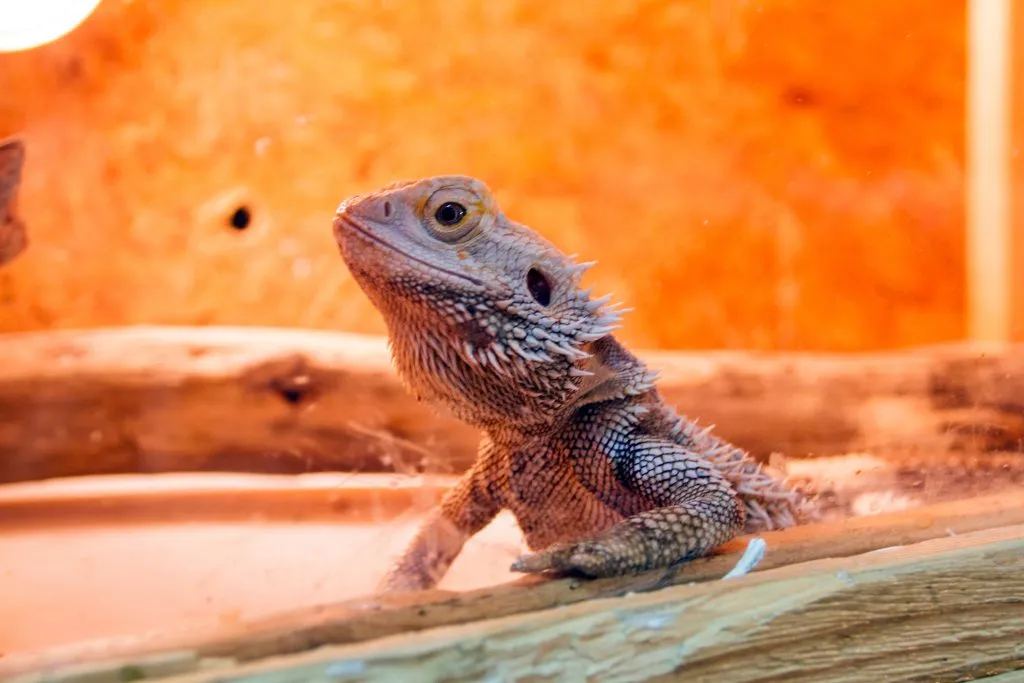
Scientists believe that brumation can last from five weeks to around five months, sometimes even more!
The brumation period in pet bearded dragons is usually shorter than in those living in the wild. It is linked to an increase in heat and light exposure.
Luckily, you can control your reptile’s environment and observe weather changes indicating an upcoming wake-up stage.
Remember that your beardie’s brumation habits can change yearly – they can become dormant at a different time, wake up earlier or later, or brumation may not even happen at all.
Watch this video to learn something you might’ve not known about your beardie’s brumation!
Signs that Brumation Is Ending
You’ll undoubtedly notice that brumation is ending because your bearded dragon will start moving around and slowly return to its normal routine.
It is usually best to let it wake up naturally, but inducing the wake-up time can work, too, if you’re following the rules.
Scientists advise bearded dragon owners that keeping the lights on for around 12 hours daily and increasing the cold side floor temperature to 80 degrees and the basking spot temperature to 100 degrees should do the trick.
Furthermore, while caring for their beardies during this period, they soaked them in warm water twice a day for around 15 minutes. They also started feeding them high-water greens. Only three days later, the reptiles got back to eating invertebrates.
If you prefer to let nature follow its course, you can let your bearded dragon wake up naturally, but this could take many more months!
Moreover, you’ll have to check its weight regularly to ensure that it’s indeed brumating and not sick.
Check out this video to learn how to differentiate between brumation and sickness or even death.
Remember that the process of returning back to normal after brumation is a slow one. Some pets require weeks to start eating and behaving as usual. During this period, the key is to keep the reptile hydrated – if it doesn’t drink, you can keep soaking it in warm water, as mentioned above.
Don’t forget that if you notice anything unusual and the state of your bearded dragon doesn’t improve, it might be time to check with your vet for any diseases or parasite infections.
At What Age Do Bearded Dragons First Brumate?
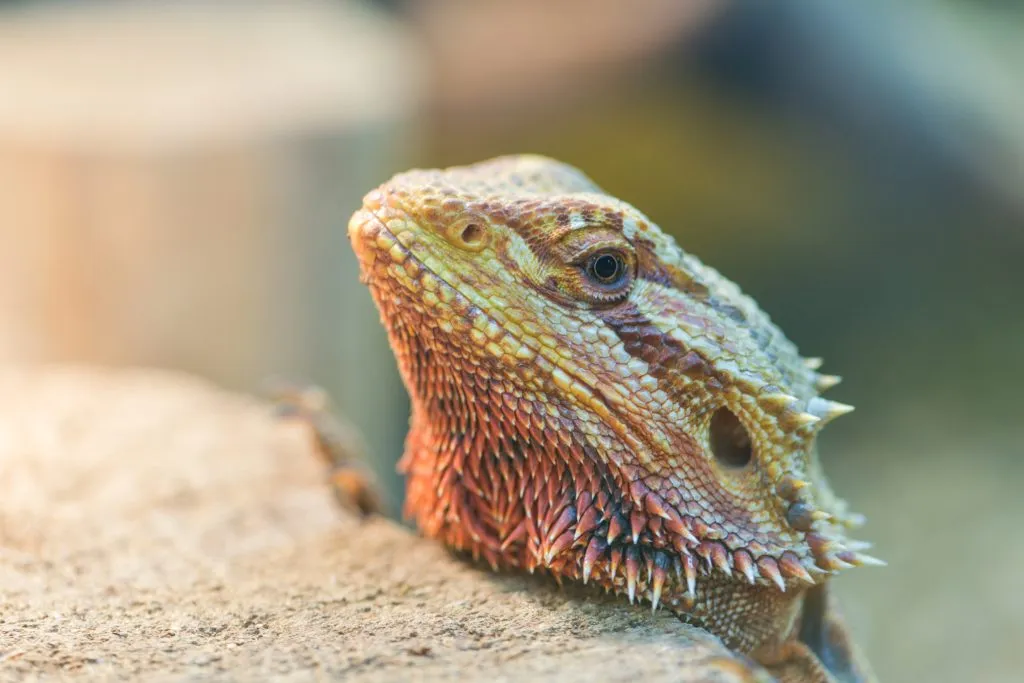
The authors of the “Bearded Dragon Manual: Expert Advice for Keeping and Caring for a Healthy Bearded Dragon” divide a bearded dragon’s life into six stages. They inform pet owners that these reptiles usually start brumation in stage four.
The first three stages are characteristic of baby and juvenile reptiles measuring up to 13 inches long. The fourth stage is called the subadult/adult stage, when the bearded dragon is 13 – 22 inches long.
This stage starts in the first year of breeding activity and lasts until the third year included. Brumation should naturally occur after the onset of stage four.
In short, since beardies typically become sexually mature after one year of age (although it can happen much faster under extra care), brumation can happen anytime after this.
However, this can vary, too! As you can see, nothing’s easy with bearded dragons, which makes caring for them even more rewarding!
Baby reptiles hatched in the summer will not indulge in their winter sleep until the following year.
On the other hand, some bearded dragon owners reported that their 8-month-old pets entered a state of brumation.
Therefore, it highly depends on the reptile’s living conditions and the moment they reach sexual maturity.
However, if you notice your baby dragon showing signs of brumation, you should check with your vet if it’s safe to allow it. Brumation can deeply harm the baby since it’ll have to go for weeks/months without
food .
What Else Can Induce Brumation?
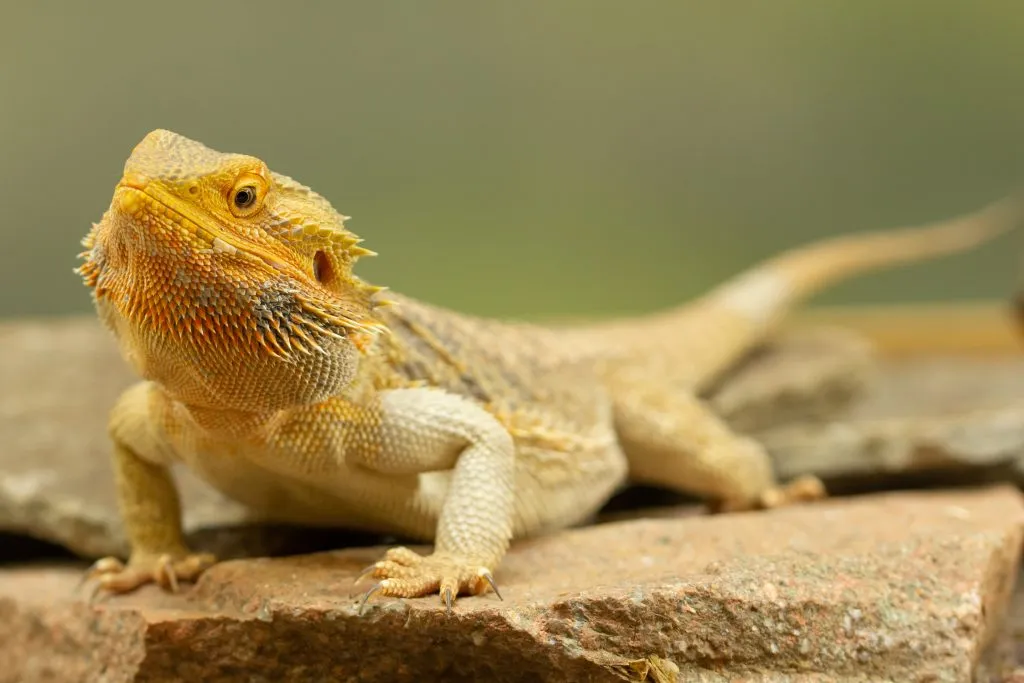
Bearded dragons may enter a state of forced brumation outside the natural dormancy period if their environment doesn’t offer the required living conditions.
This won’t, in fact, be a forced brumation for them. Unless the habitat changes aren’t sudden or drastic, they may simply take it as a sign that winter is coming.
As such, if you’re planning a trip, for example, and know for sure that your pet will be alone for 2-3 days, you should ensure that the light and temperature will remain steady to avoid forcing your reptile into brumation.
If possible, have someone check your bearded dragon once a day to ensure there are no changes in its habitat’s conditions, as well as feed and hydrate it.
Can You Make Your Bearded Dragon Brumate?
Induced brumation isn’t as uncommon as one would think.
Although most pet owners let their reptiles enter a state of dormancy naturally, there are some reasons you might need/want to encourage them to do this. Here are two of them:
- You’re planning a longer trip, and there’s no one to take care of your pet. You can induce brumation regardless of season, as long as you follow all the steps required for induced brumation.
- You’re planning to breed your bearded dragons. Brumation will encourage their reproductive behavior. In this case, it’s generally recommended to adhere to their natural brumation period – that is, when temperatures start dropping.
Watch this video to learn more about induced brumation, as well as what options you have if you need to travel with or without your pet!
Need more info on beardies? Check our bearded dragon care guide!
- Enchi Ball Python: A Unique and Stunning Morph of Python regius - March 27, 2025
- Emerald Tree Monitor: The Enigmatic Green Guardian of the Rainforest - March 26, 2025
- The Egyptian Cobra (Naja haje): A Fascinating Serpent - March 25, 2025
